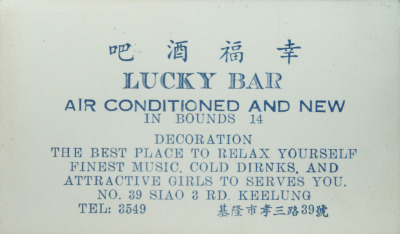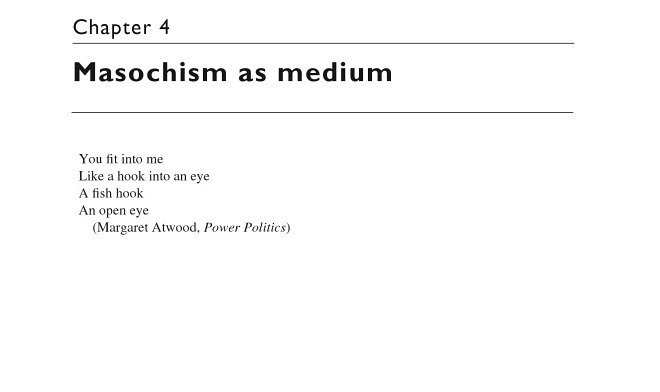Boris Groys in conversation with Jeff Wall 1998
Saturday, February 28, 2015
Friday, January 30, 2015
30 01 15
the thing about mass communication [internet] of ideas/culture/identities is that certain political undertones get lost. the most prominent example of this is probably the transformation of subculture between pre-2000s and now. historically subculture appropriates consumer culture:
i guess the term that really comes to mind is 'dilution'. of course when an idea is circulated, unless you can properly explain what something is all about, the further away it gets from the source, the more diluted the end product will be. obviously all retailers have campaigns/marketing strategies for their collections and common examples of what they draw on are both subculture and whatever designers are doing at the moment [ie last season]. in both cases, it's still a process of watering down:
operating within a supposedly fixed system means that although you can change opinions about how to operate yourself/a business/anything by using the language of the system, it's incredibly hard to see a significant change happen. idealistically speaking, creating a whole new system would probably be best, but mindsets towards fashion and consumption would logically have to shift before anything beyond that can be changed
Hebdige (1979) considers the important role played by style in subculture. He notes that the subculture plunders consumer culture, adopting certain commodities as its own, often to the extent that the commodity becomes shorthand for the group itself: the moped for mods, the safety pin or ripped clothes for punks. This plundering or 'appropriation' sees the subculture 'inflect' these commodities with its own meanings, often subverting the original meaning of the the commodity in mainstream culture. The teddy boys' adoption of the Savile Row gentleman's suit is one example of a style of dress 'inflected' with a rather different meaning from its original association as upper-class dress. On the body of the teddy boy, the 'zoot suit' became inflected with a menacing, working-class aggression. (Cosgrove 1989)
The Fashioned Body, Joanne Entwistle (2000)it's kind of hard to have [political] subculture post-2000s in an era of mass consumerism because how easily aesthetic style is commodified/reproduced, although if you look at the term 'subculture' more loosely, it's anything that is subaltern from mass(?) culture, so it can really be anything [contemporary japanese subculture comes to mind, as using style as nonconformism to traditional values].
i guess the term that really comes to mind is 'dilution'. of course when an idea is circulated, unless you can properly explain what something is all about, the further away it gets from the source, the more diluted the end product will be. obviously all retailers have campaigns/marketing strategies for their collections and common examples of what they draw on are both subculture and whatever designers are doing at the moment [ie last season]. in both cases, it's still a process of watering down:
original motive of subculture/brand > adoption of stylistic elements of subculture/brand > advertising > consumer's take on garment/collection [taking a garment/collection as representative of identity]it's easy to point fingers and say this is wrong or that is wrong, but i guess it depends on motive. as a student i'd like to think that in the future the people that come into contact with my idea would support the source of the idea rather than the diluted version however also as a student i understand money is limited. [OT: it's easier to become a collector of old designer clothes sometimes because of the sheer number of garments that exist within the world and the nature that the value of clothes depreciates over time - a yohji yamamoto dress from 1989 costs significantly less than one from a more recent season unless it's considered very 'rare' or iconic].
Fashion has become so beautifully confusing, beginning with the sudden dilution of stereotypes and uniforms, or uniforms in the sense of typification - for example, men in suits and coloured bicycle helmets, hippie drop-outs with techno sandals and iPods, gallerists that look like artists, that type of thing. We noticed that nowadays, young kids consciously seem to mix different styles, in a sort of mass individualism. At first sight it is difficult to distinguish whether these deliberately eclectic and worn-out outfits that make sure to avoid any overt reference to a favourite designer are the reflection of true personal style or rather of the taste of a brand such as Weekday, whom we came across recently when they invited us to collaborate. Of course, being the professionals that we are, we presume to be able to tell which outfits came straight off the rack. But we are wondering whether fashion still functions as a means of communication, or if it has been diluted to an extent that it really doesn’t matter anymore what you wear. In this context, we’ve been thinking for some time about a potential uniform for freelancers or even lateral thinkers.
Interview with BLESS by Adriano Sack, MONO. KULTUR #28 [my own bolding of text]for those that do purchase designer goods i would argue that the majority have some kind of support towards the brand/designer's 'vision' and how it ties in with their own identity, even if it's a shallow understanding. otherwise buying a replica for pure stylistic value would suffice.
operating within a supposedly fixed system means that although you can change opinions about how to operate yourself/a business/anything by using the language of the system, it's incredibly hard to see a significant change happen. idealistically speaking, creating a whole new system would probably be best, but mindsets towards fashion and consumption would logically have to shift before anything beyond that can be changed
Sunday, December 28, 2014
Tuesday, November 18, 2014
Monday, November 10, 2014
Tuesday, November 4, 2014
Wednesday, October 29, 2014
Subscribe to:
Posts (Atom)






